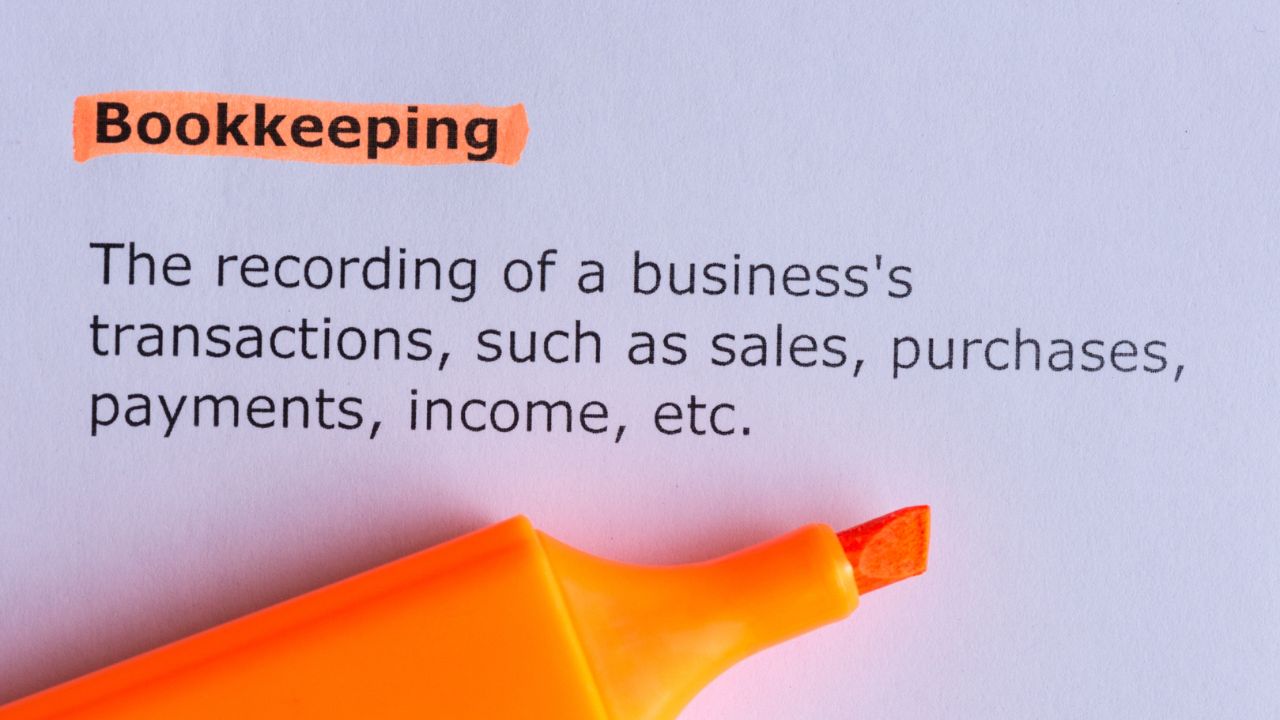
These are the basic accounting principles for nonprofits: Internal controls; Statement of activities; Income statement; and Statement of financial situation. Nonprofit organizations don't have shareholders or owners. Nonprofits do not have owners or shareholders. The financial statement document includes all liabilities, net assets, as well as cash reserves. There are many other requirements. Nonprofit organizations need to adhere strictly to money handling policies.
Internal controls

Neglecting to implement internal controls can lead to disastrous results. Even the most well-respected non-profits may have staff members and volunteers that aren't up to the highest ethical standards. They may steal from the organization even if there is a strong internal control system. As a result, there is a growing need to strengthen nonprofit accounting controls. This article will focus on the essential elements of an efficient internal control system.
Statement of activities
The Statement of Activities (for nonprofits) is similar in function to the income statement, but serves different purposes. The Statement of Activities is used to determine the net assets as well as expenses for the nonprofit organization during a time period. Nonprofits must also file a financial statement with the IRS in order to verify that they are following generally accepted accounting principles. Maintaining records such as the SOA helps to avoid problems with external entities and preserve tax-exempt status.
Income statement
The income statement is for nonprofits and includes information about the assets, liabilities, and financial position of the organization. The net assets of an organization are its total value less its liabilities. Lists of net assets are arranged in order to determine their liquidity. Nonprofits list assets according to restrictions that have been placed on them by government agencies, grant-makers or donors. Donors may prohibit the use of net assets. The net asset part of the income statement is an essential part of nonprofit's financial statements.
Statement of financial position

A Statement of Financial Position is essential for any nonprofit organization. It outlines the nonprofit's assets and liabilities in order of liquidity. Net assets, however, are assets of a nonprofit that aren’t subject to donor restrictions. These assets can be used for any purpose. Nonprofits may have non-financial resources, such accounts receivable, in addition to their physical assets. Listed below are the key components of a nonprofit's financial statements.
Accounting for funds
Nonprofits need to practice fund accounting. It ensures that resources are used properly and reduces fraud and misuse. Nonprofits won't have a clear picture of their finances if they don't use fund accounting. It is crucial for nonprofits to maintain a clear picture of their financial condition and can help them make better financial decisions. But how do nonprofits keep track of funds? These are some things to remember. Nonprofits can avoid common pitfalls by using fund accounting.
FAQ
How do I start keeping books?
You'll need to have a few basic items in order to start keeping books. You will need a notebook, pencils and calculators, a printer, stapler, pen, stapler, envelopes and stamps, as well as a filing cabinet or drawer.
What should I look for in an accountant's hiring decision?
Ask about their qualifications, experience, and references when interviewing an accountant.
You need someone who has done it before and is familiar with the process.
Ask them for any specific skills or knowledge that they might have that you would find helpful.
Make sure they have a good reputation in the community.
What is a Certified Public Accountant (CPA)?
A C.P.A. is a certified public accountant. An accountant with specialized knowledge is one who has been certified as a public accountant (C.P.A.). He/she will assist businesses with making sound business decisions and prepare tax returns.
He/She keeps an eye on the company's cash flow, and ensures that everything runs smoothly.
Statistics
- The U.S. Bureau of Labor Statistics (BLS) projects an additional 96,000 positions for accountants and auditors between 2020 and 2030, representing job growth of 7%. (onlinemasters.ohio.edu)
- In fact, a TD Bank survey polled over 500 U.S. small business owners discovered that bookkeeping is their most hated, with the next most hated task falling a whopping 24% behind. (kpmgspark.com)
- a little over 40% of accountants have earned a bachelor's degree. (yourfreecareertest.com)
- a little over 40% of accountants have earned a bachelor's degree. (yourfreecareertest.com)
- According to the BLS, accounting and auditing professionals reported a 2020 median annual salary of $73,560, which is nearly double that of the national average earnings for all workers.1 (rasmussen.edu)
External Links
How To
How to do your bookkeeping
There are many kinds of accounting software. Some cost money while others are free. Most accounting software has basic features, such as invoicing. The following list provides a brief description of some of the most common types of accounting packages.
Free Accounting Software: Free accounting software is usually offered for personal use only. While it might not be as functional as you would like (e.g. you cannot create reports), the software is usually very simple to use. A lot of free programs can be used to download data directly to spreadsheets. This makes them very useful for anyone who wants to do their own analysis.
Paid Accounting Software: Paid accounts are designed for businesses with multiple employees. These accounts include powerful tools to manage employee records, track sales and expenses, generate reports, and automate processes. Many companies offer subscriptions with a shorter duration than six months, but most paid programs require a minimum subscription of at least one year.
Cloud Accounting Software: With cloud accounting software, you can access your files online from any device using smartphones or tablets. This program is becoming more popular as it can save you space, reduce clutter, makes remote work much easier, and allows you to access your files from anywhere online. It doesn't require you to install additional software. You just need an Internet connection and a device capable to access cloud storage.
Desktop Accounting Software: Desktop Accounting Software works on your computer, just like cloud accounting. Like cloud software, desktop software lets you access your files from anywhere, including through mobile devices. However, unlike cloud software, you must install the software on your computer before you can use it.
Mobile Accounting Software - Mobile accounting software is specially designed for small devices such as smartphones and tablets. These programs make it easy to manage your finances wherever you are. Although they offer less functionality than full-fledged desktop applications, they are still very useful for people who travel or run errands.
Online Accounting Software is specifically designed for small businesses. It has all the features of a traditional desktop software package, but with a few additional bells and whistles. Online software does not need to be installed. Just log in and you can start using it. You can also save money and avoid the overheads of a local office.